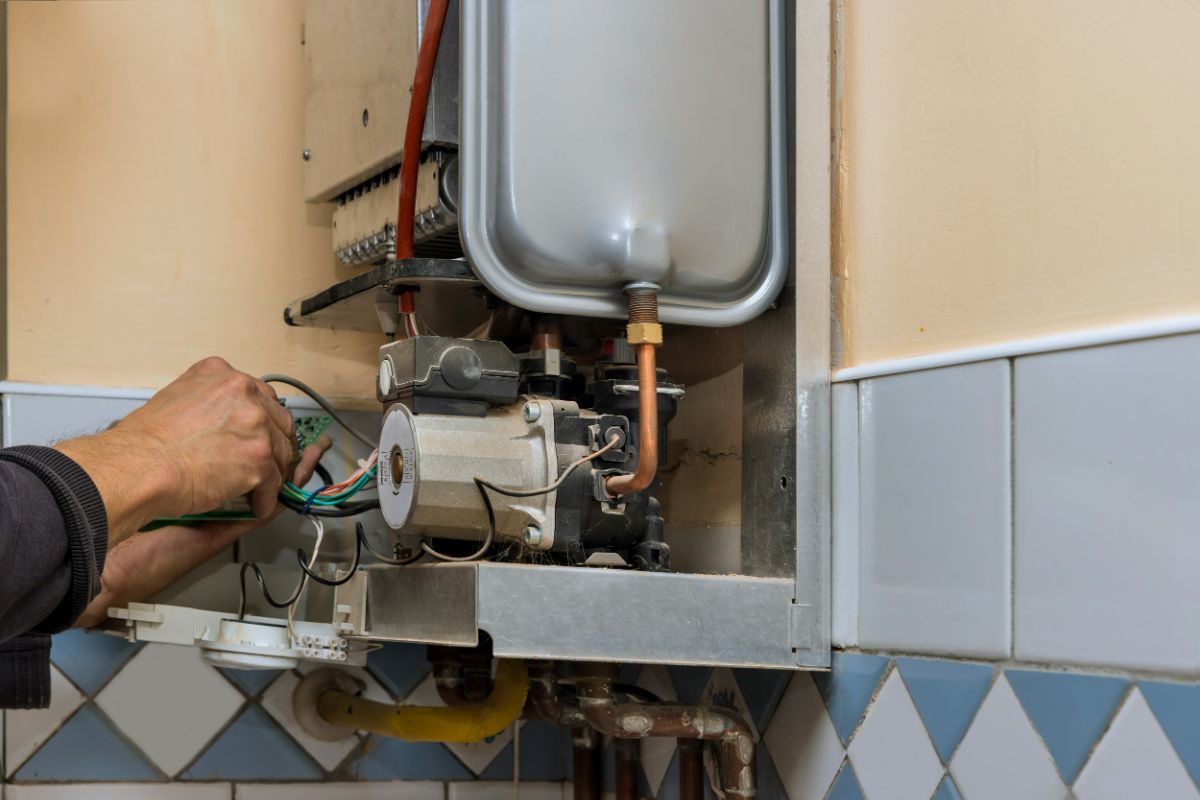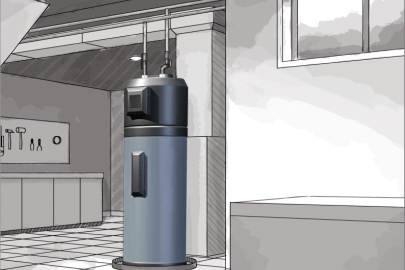Presented here further down you will find lots of incredibly good tips around Tips on Maintaining a Water Heater.

Hot water is essential for daily comfort, whether it's for a refreshing shower or cleaning meals. To ensure your warm water system runs efficiently and lasts much longer, normal upkeep is essential. This short article offers practical pointers and insights on exactly how to maintain your home's warm water system to prevent disruptions and pricey repair work.
Introduction
Preserving your home's hot water system could seem challenging, yet with a couple of simple actions, you can ensure it runs smoothly for several years to find. This overview covers every little thing from comprehending your warm water system to DIY upkeep ideas and knowing when to call expert help.
Relevance of Preserving Your Warm Water System
Regular upkeep not only prolongs the lifespan of your warm water system but additionally ensures it runs efficiently. Ignoring upkeep can bring about decreased effectiveness, higher energy costs, and even premature failing of the system.
Indications Your Warm Water System Needs Maintenance
Recognizing when your hot water system requires focus can stop significant issues. Watch out for indicators such as irregular water temperature, odd sounds from the heating unit, or corroded water.
Understanding Your Warm Water System
Prior to diving into maintenance jobs, it's helpful to recognize the fundamental components of your warm water system. Usually, this includes the hot water heater itself, pipelines, anode rods, and temperature level controls.
Monthly Maintenance Tasks
Normal month-to-month checks can help catch minor issues before they intensify.
Purging the Hot Water Heater
Flushing your water heater eliminates debris buildup, improving effectiveness and lengthening its life.
Checking and Replacing Anode Rods
Anode rods avoid deterioration inside the container. Evaluating and replacing them when worn out is essential.
Examining and Changing Temperature Level Setups
Readjusting the temperature settings makes sure optimum efficiency and safety and security.
Do It Yourself Tips for Maintenance
You can execute numerous upkeep jobs on your own to maintain your hot water system in top condition.
Checking for Leakages
Consistently evaluate pipelines and links for leaks, as these can result in water damages and greater expenses.
Examining Pressure Relief Valves
Evaluating the pressure relief valve guarantees it operates appropriately and prevents excessive pressure build-up.
Insulating Pipes
Insulating hot water pipes minimizes warmth loss and can save power.
When to Call a Professional
While do it yourself upkeep is valuable, some issues require specialist expertise.
Facility Problems Needing Professional Aid
Instances include major leakages, electrical problems, or if your hot water heater is constantly underperforming.
Routine Professional Upkeep Perks
Professional upkeep can consist of extensive evaluations, tune-ups, and making sure compliance with safety and security requirements.
Final thought
Routine maintenance of your home's hot water system is crucial for efficiency, longevity, and expense savings. By adhering to these suggestions and knowing when to look for expert aid, you can make sure a trustworthy supply of warm water without unexpected disruptions.
How to Maintain an Instant Hot Water Heater
Before tinkering with your hot water heater, make sure that it’s not powered on. You also have to turn off the main circuit breaker and shut off the main gas line to prevent accidents. Also turn off the water valves connected to your unit to prevent water from flowing into and out of the appliance. 2. When you’re done, you have to detach the purge valves’ caps. These look like the letter “T†and are situated on either side of the water valves. Doing so will release any pressure that has accumulated inside the valves while at the same time avoid hot water from shooting out and burning your skin. 3. When the purge valves’ caps are removed, you have to connect your hosing lines to the valves. Your unit should have come with three hoses but if it didn’t, you can purchase these things from any hardware or home repair shops. You can also get them from retail stores that sell water heating systems. Read the user’s manual and follow it to complete this task properly. When the hosing lines are connected, open the purge port’s valves. 4. You should never use harsh chemical cleaners or solutions when cleaning your unit. Make use of white vinegar instead. It should be undiluted and you’ll probably use about 2 gallons. 5. Now flush your water heater. This task should probably take about 40 minutes. We can’t give you specific directions for this because the procedure is carried out depending on the type, model and brand of your heater. With that being said, refer to the user’s manual. 6. When you’re done draining the unit, you have to turn off the purge port valves again. Remove the hosing lines that you earlier installed on each of the water valves. Put the valve caps (purge port) back in their respective places and be very careful so as not to damage the rubber discs that are found inside these caps. 7. Now that everything’s back in place, check your user’s manual again to find out how to reactivate your water heating system. 8. Once it is working, turn one of your hot water faucets on just to let air pass through the heater’s water supply pipes. Leave the tap on until water flows smoothly out of it. https://www.orrplumbing.com/blog/2014/september/how-to-maintain-an-instant-hot-water-heater/

Do you enjoy reading about How to Maintain a Hot Water Heater in a Few Simple Steps? Give feedback further down. We would be pleased to see your thinking about this blog posting. We hope that you visit us again in the future. Sharing is nice. Helping others is fun. Thank you for taking the time to read it.
Book Now